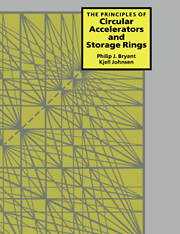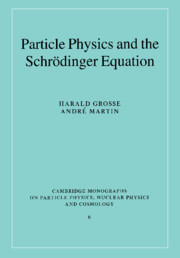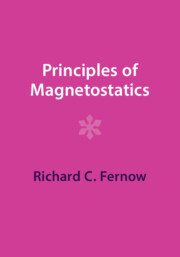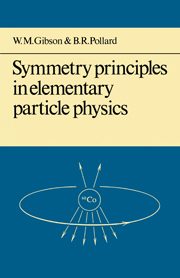The Principles of Circular Accelerators and Storage Rings
This book is a basic introduction to the principles of circular particle accelerators and storage rings, for scientists, engineers and mathematicians. Particle accelerators used to be the exclusive province of physicists exploring the structure of the most fundamental constituents of matter. Nowadays, particle accelerators have also found uses as tools in many other areas, including materials science, chemistry, and medical science. Many people from these fields of study, as well as from particle physics, have learned about accelerators at various courses organised by CERN, the European Organisation for Nuclear Research which has established a reputation as the world's top accelerator facility. Kjell Johnsen and Phil Bryant, the authors of this book, are distinguished accelerator physicists who have also run the CERN Accelerator School. The text they present here starts with a historical introduction to the field and an outline of the basic concepts of particle acceleration and phase focusing. It goes on to give more details of how the transverse and longitudinal motions of the particle beams can be analysed, including treatments of lattice design, compensation schemes, transition crossing, and other radio frequency effects. The book will be an essential reference to anyone working with particle accelerators as a designer, operator or user, as well as being a good preparation for those intending to go to the frontiers of accelerator physics.
- Written by two distinguished accelerator physicists at CERN, the European facility
- Explains all aspects of circular accelerators used for research in physics, or in medicine or materials science
- Highly illustrated introduction
Product details
June 2005Paperback
9780521619691
384 pages
246 × 189 × 20 mm
0.68kg
155 b/w illus.
Available
Table of Contents
- 1. Introduction
- 2. Basic concepts and constant-gradient focusing
- 3. Alternating-gradient focusing
- 4. Parametrization of the transverse motion
- 5. Imperfections and resonances
- 6. Chromaticity
- 7. Longitudinal beam dynamics
- 8. Image and space-charge forces (transverse)
- 9. Coherent instabilities
- 10. Radiating particles
- 11. Diagnosis and compensation
- 12. Special aspects of circular colliders
- Appendices
- References
- Index.





